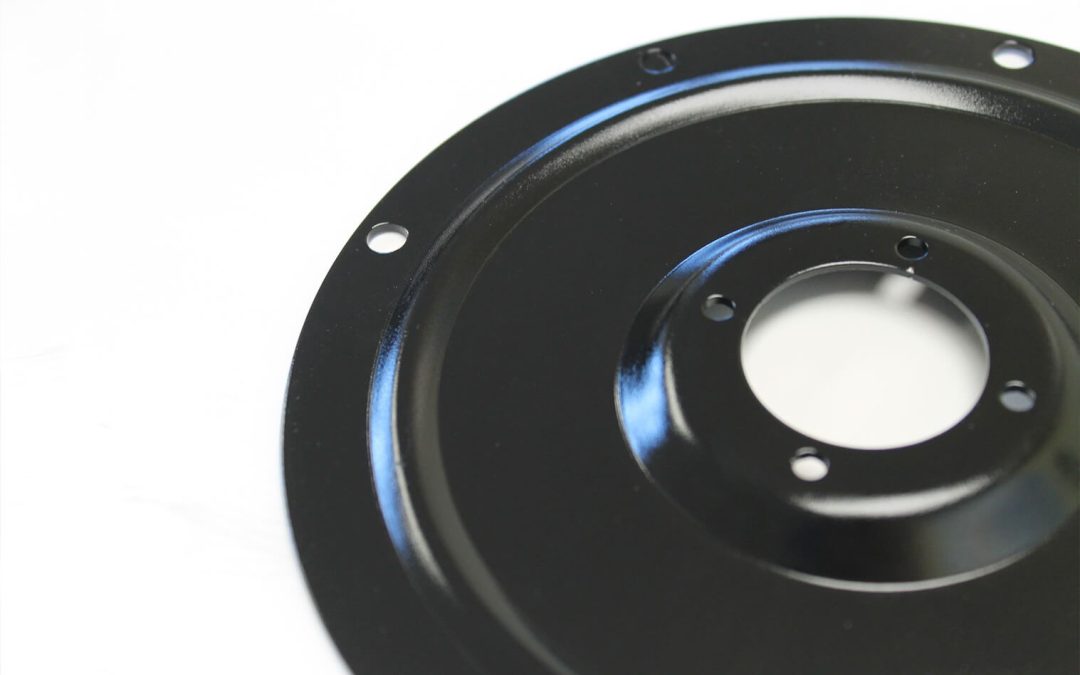E-Coat Explained: Enhancing Durability in Automotive and Beyond
In an era where efficiency and sustainability drive industrial innovation, E-Coat (Electrophoretic Coating) stands out as a transformative solution. This blog explores the essentials of E-Coat technology, underscoring its significant role not only in the automotive industry but also across multiple sectors that demand high durability and consistent finish quality. Here, we break down how E-Coat works, discuss its benefits over traditional coating methods, and highlight its positive environmental impact.
Understanding E-Coat Technology
E-Coat, or Electrophoretic Coating, is a method where electrically charged particles are deposited onto a conductive surface submerged in a water-based solution. This process allows for precise control over the thickness of the coat, ensuring a uniform application even on complex geometries—a feature particularly beneficial in automotive manufacturing.
Advantages of E-Coat in Automotive and Other Industries
E-Coat technology offers several compelling advantages:
- Uniform Coverage: Ensures every nook and cranny of complex components receives protection, crucial for preventing corrosion in underbody parts of vehicles.
- High Durability: Provides a robust finish that stands up to harsh environmental conditions, extending the lifespan of components.
- Cost-Efficiency: Reduces material waste and requires less energy compared to traditional spray-painting methods.
Environmental Benefits of E-Coat
One of the standout features of E-Coat is its environmental friendliness. Unlike conventional solvent-based coatings, E-Coat primarily uses water as a carrier, which significantly reduces volatile organic compound (VOC) emissions. This aspect is particularly crucial in today’s regulatory environment where industries face stringent VOC emission norms.
Real-World Applications
The versatility of E-Coat extends beyond automotive applications:
- Automotive: Used extensively for coating car bodies, frames, and parts, ensuring they withstand corrosion and wear.
- Consumer Electronics: Provides a durable, aesthetic finish to devices, enhancing their resistance to scratches and corrosion.
- General Industry: Applied on metal furniture, agricultural equipment, and hardware, offering enhanced longevity and aesthetic appeal.
E-Coat vs. Traditional Coatings
Comparing E-Coat to traditional painting methods, it’s evident that E-Coat offers enhanced efficiency and environmental safety. Its ability to coat parts uniformly and efficiently makes it a preferred choice for industries looking to optimise their coating processes.
FAQs About E-Coat
- How does E-Coat enhance automotive durability? E-Coat provides comprehensive coverage and protection against corrosion, crucial for vehicle longevity.
- What makes E-Coat environmentally friendly? Its water-based nature significantly reduces harmful emissions compared to solvent-based coatings.
- Can E-Coat be used on non-metallic surfaces? While primarily used on metals, advancements are making it possible to apply E-Coat on other conductive materials.
Conclusion
E-Coat technology is more than just a coating process; it’s a critical component in the manufacturing strategies of industries aiming for high efficiency, durability, and environmental compliance. As we continue to push the boundaries of industrial coating applications, E-Coat remains a key player in achieving both aesthetic and functional excellence.

